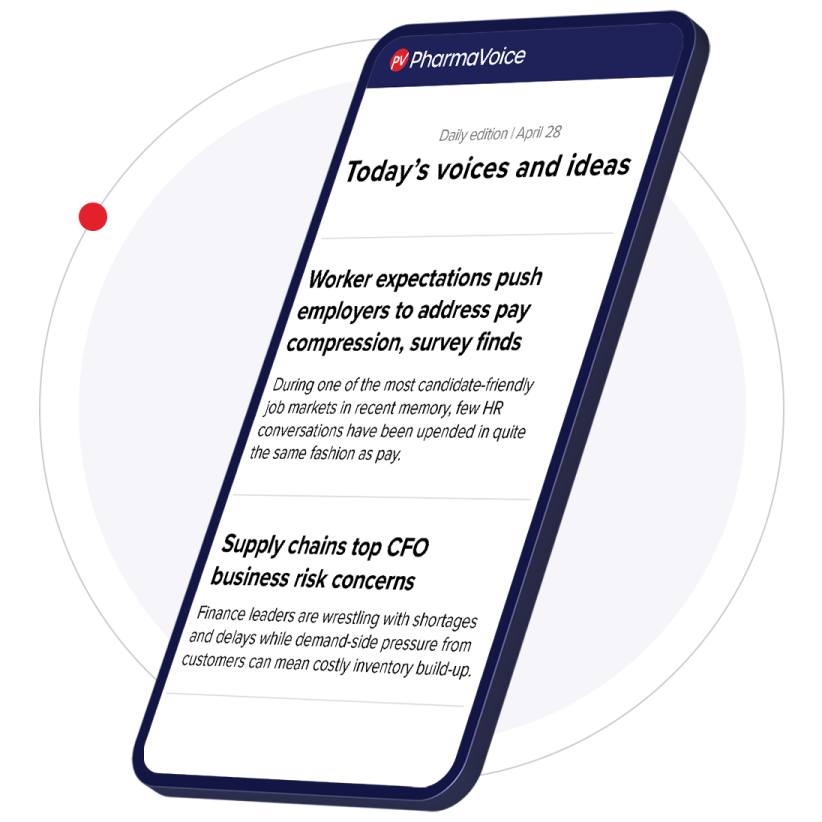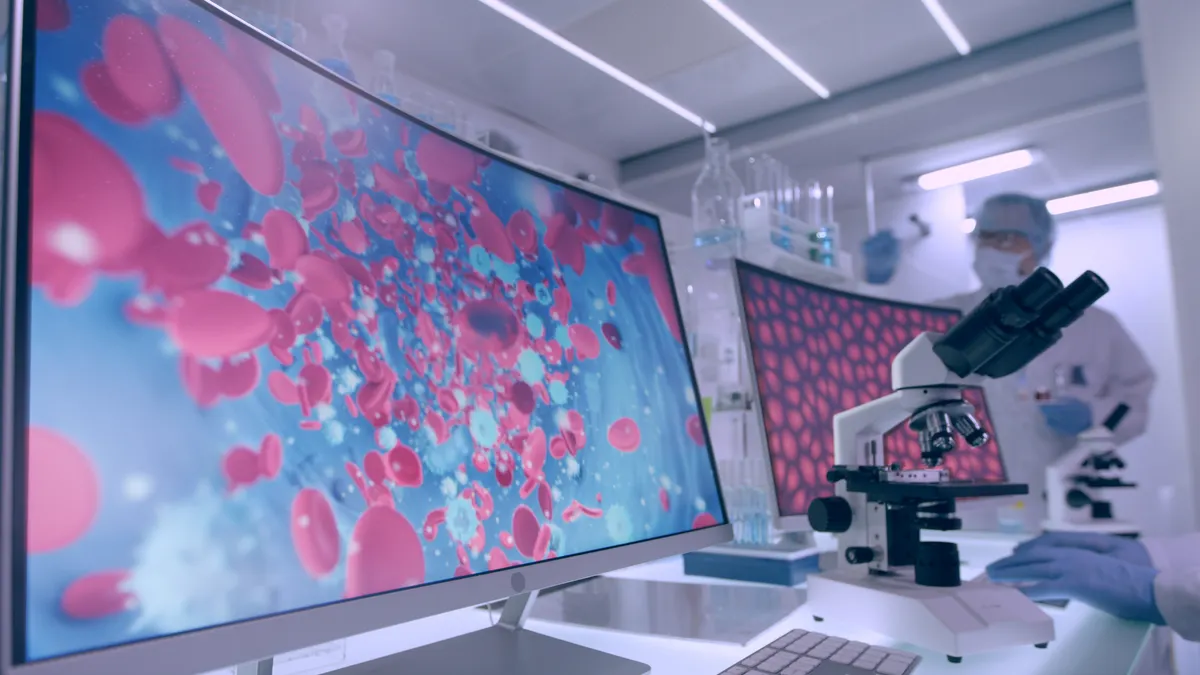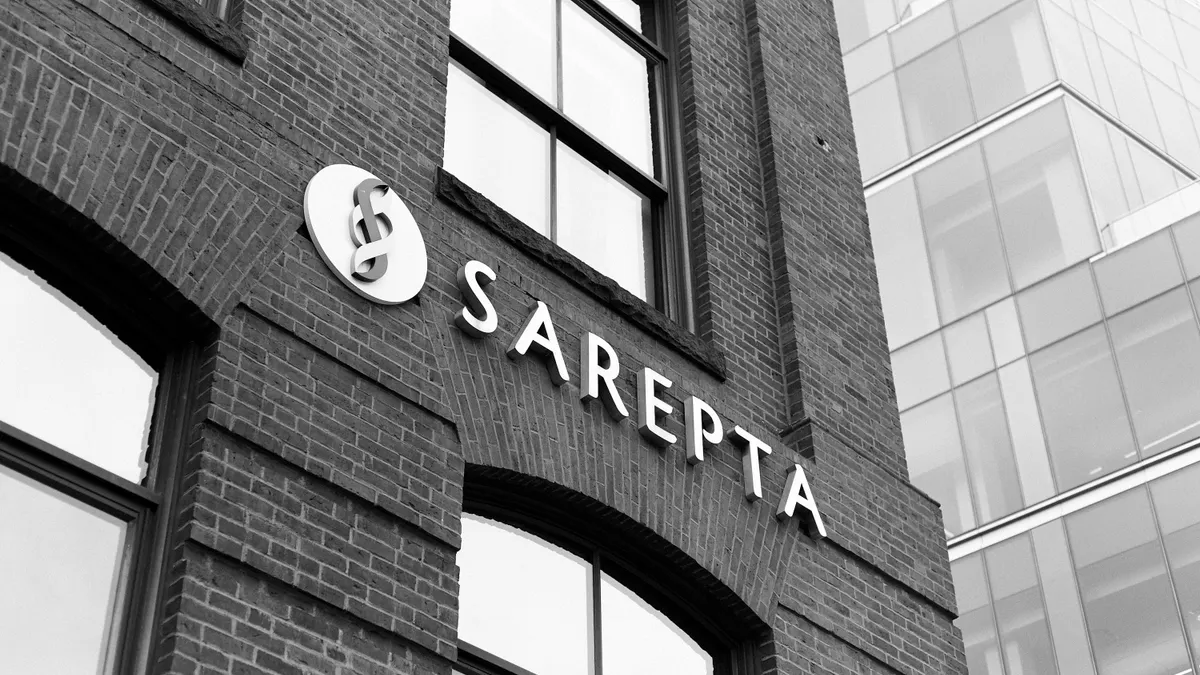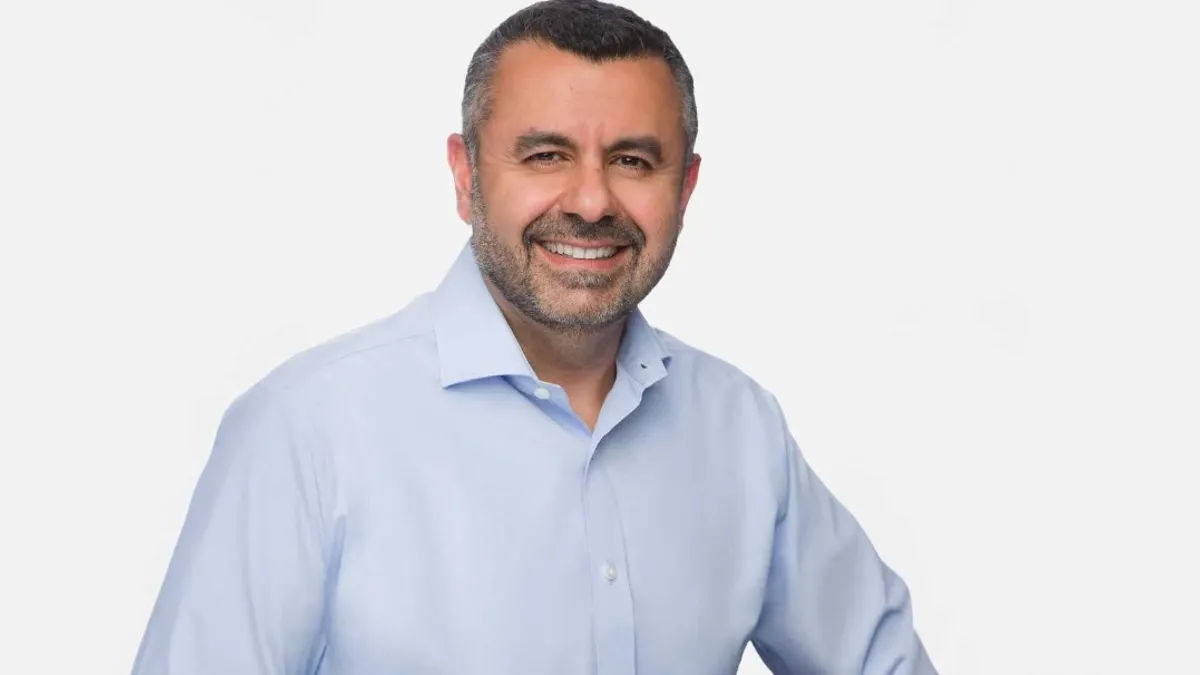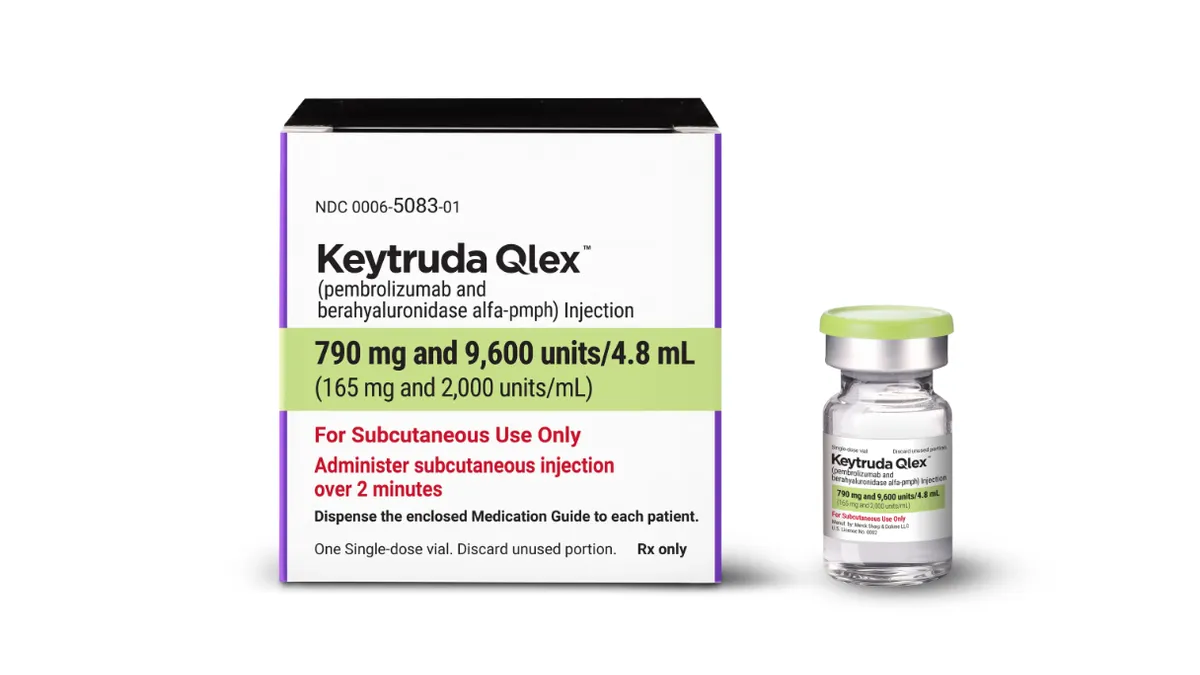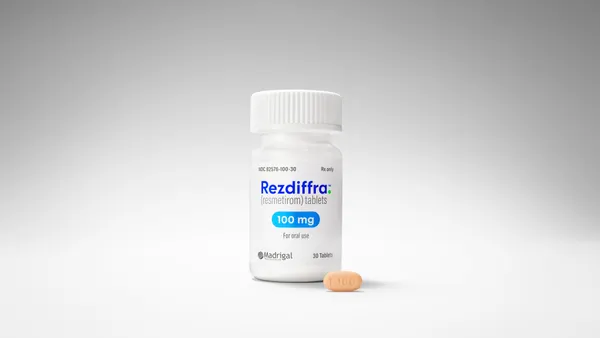When George Hampton saw patients struggling to access his company’s weight loss treatment, Contrave, he knew what to do.
This was five years ago — before the COVID-19 pandemic had pushed patients toward telehealth offerings, followed by pharma giants launching direct-to-consumer platforms to sell GLP-1 drugs in the booming obesity market. But Hampton, CEO of Currrax Pharmaceuticals, saw where the market was heading and envisioned a channel that would boost access for uninsured patients while raising awareness of his brand. With the timing right, CurAccess was born, and patients could directly purchase Contrave for $99 per month.
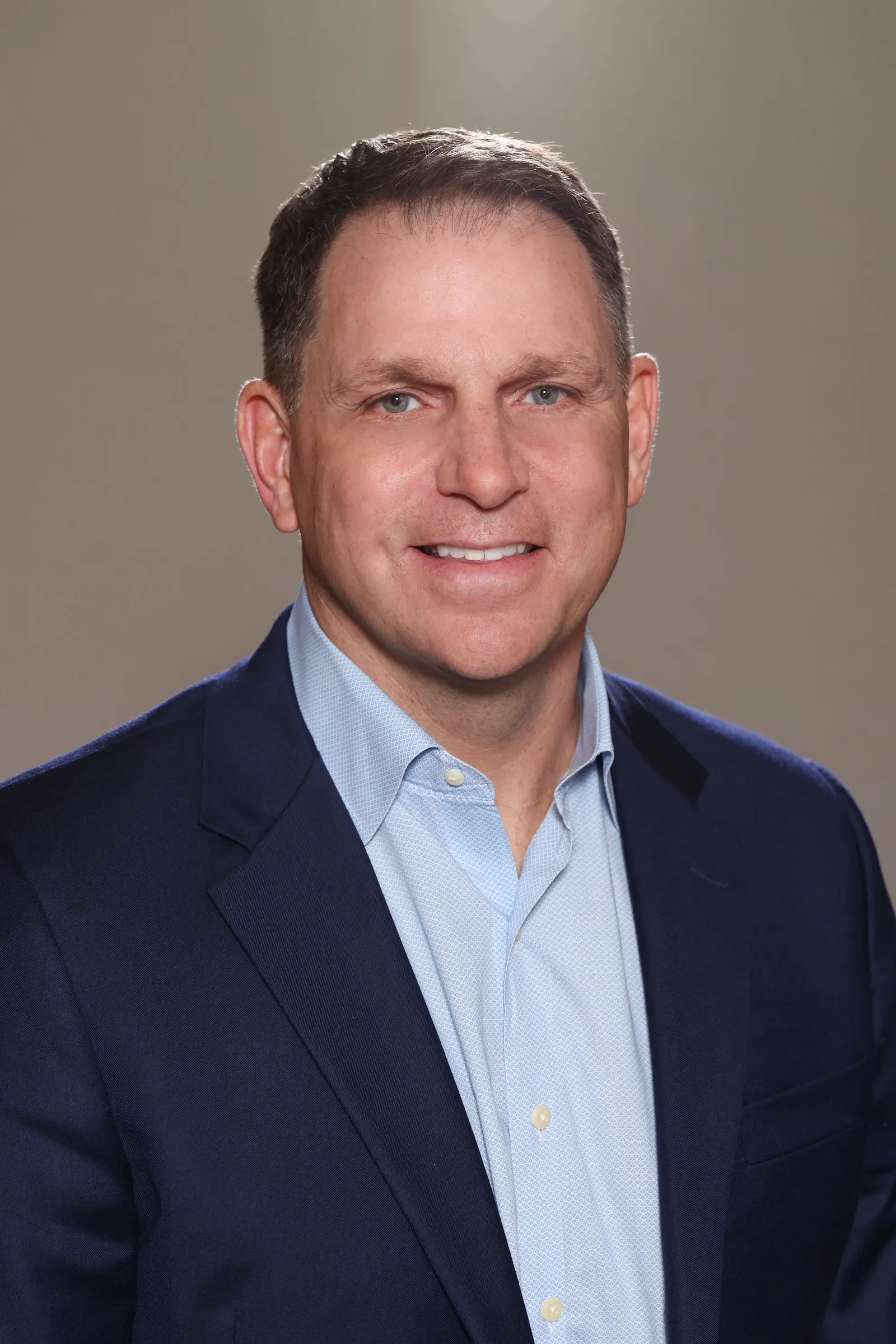
“Obesity in particular is not covered by insurance very often,” said Hampton. “And we're only now as a society starting to think of obesity as a disease. The big GLP-1 companies have really helped the market understand [that]. Before that we just kind of left disease primarily untreated. It still isn’t covered by insurance in a robust manner … and so we had to find new ways to make the medication affordable.”
Contrave isn’t a GLP-1; it’s a combination drug of naltrexone, an opioid agonist, as well as bupropion, a norepinephrine-dopamine reuptake inhibitor, that’s thought to work with the brain’s hypothalamus to control hunger and impact the reward system. The drug also isn’t new and was first approved in 2014 before being acquired by Currax in 2019. But Currax has seen more uptake in the last few years thanks to the rising profile of obesity meds, especially among patients who might not be a fit for GLP-1s.
“I [saw] this in the 90s, when the SSRIs first came out,” Hampton said. “Depression was something you didn't talk about. And now … people can actually feel comfortable talking to the doctors about it.”
Hampton has also seen other huge market changes over his decades in pharma. Prior to serving as CEO of Currax, he was an executive vice president at Horizon Pharmaceuticals before it was acquired by Amgen and helped launch Humira, Celebrex and other top-selling drugs throughout his career.
“If every pharma company had this, they would have much greater access to their medications without people in the middle."

George Hamptom
CEO, Currax Pharmaceuticals
In the last few years, Big Pharma has jumped onto the DTC bandwagon and obesity market leaders, Eli Lilly and Novo Nordisk, have launched platforms for patients to access their GLP-1 medications at a lower out-of-pocket rate. Pfizer also created a direct access channel last year for migraine care.
For Currax, the DTC platform has been critical in Contrave’s recent growth. About 65% of Contrave users receive their medication through CurAccess, according to Hampton. The pharma company also premiered its first-ever TV ads for Contrave earlier this year, again capitalizing on the national conversation about obesity.
“We ran a pilot in the first quarter,” Hampton said of the ad spots. “It increased brand awareness significantly and helped shape some patient opinions of the medication. Our intent here in the back half of the year is to roll that out more nationally, but more targeted.”
As Contrave experiences its moment in the sun, including 50% year-over-year revenue growth in 2024, Currax is leaning on its DTC channel to bring more patients into the fold.
Here we talked with Hampton about the rise of the pharma DTC offerings and how companies can set up their own platforms.
This interview has been edited for brevity and style.
PHARMAVOICE: What goes into launching a direct access platform? What's the infrastructure required?
GEORGE HAMPTON: You have to have partnerships with competent pharmacies that are reliable and trustworthy, and in many cases, brand names. We have to set up direct sales relationships. That removed the price that we have to pay to anyone that's working off of a rebate or fee structure, like a wholesaler or PBM. And it allows us to sell the product much cheaper. It is a matter of scale. Look at Lily's program. You can probably get at least one of the doses for $399 [on their DTC platform], and it's an $1,100 product [list price]. And so you can almost artificially see the level of fees that the middlemen are able to collect in the middle.
You have to have data integration and other computer systems have to talk to each other, just like they do in any type of partnership. So that takes a little bit of time, but every pharma company that puts a team on this would be able to stand up [a DTC platform] inside of a year.
Five years later, what are some of the lessons that you've learned about DTC programs through CurAccess?
Patients love it. The fact that [medications] can be shipped right to the patient's door is incredibly convenient. We learned that we massively open up patients' access to medications that would be traditionally bound by barriers created by the middleman. We know that it's far more affordable, not just to the patient, but to the overall healthcare system, and we're incredibly encouraged that there's probably a vertical going forward where this can really become part of a distribution network that is established very well. We see what Mark Cuban is doing with Cost Plus, we see what Lily's doing, Nova is doing, Pfizer is doing. Other people are coming into this. I don't know that it will ever be, in our current system, the dominant way to supply products to patients, but in absence of middlemen behaving properly, continuing to create massive barriers to patients getting the drugs that their physicians prescribe for them, this is going to be an incredible alternative.
What were some of the challenges of launching a DTC platform that you ran into with CurAccess?
If you're one of the first people through the wall, you tend to get bloody. There's a lot of learnings along the way. You want to make sure you're working with quality partners, just as if you were hiring a CRO for a clinical research study or hiring a CMO to make manufacturing products. You want to make sure that your data systems are integrating properly. You want to make sure there's physician awareness, that this actually exists and is an option to people. There's a lot of just traditional barriers of opening up a new distribution channel to increase access for patients.
What advice would you give to other pharma companies thinking about launching a DTC channel?
I would say, do it. Take the time to set it up, put a team on it that can be patient focused and put it in place. The most expensive medication is the one that's prescribed, purchased and never taken. The second most expensive medication is the one that's prescribed, and then the barrier is so high that the patient can't actually get the medication, and so therefore their disease continues unbridled because they're unable to access the medicine. If every pharma company had this, they would have much greater access to their medications without people in the middle.
What is the effect on the PBM relationship when you launch a direct access channel to patients?
Whether it's a PBM or wholesale, they will always do what's in their best interest, because they're middlemen. I haven't seen too much of an impact at this point. I think the volume is starting to grow so high that we're starting to have better conversations about how we would operate within the traditional system. The rec program is great for patients, but it's not how our system operates. It's not how our system is supposed to operate. It's a barrier to the middlemen collecting the rebate checks and the fees associated with their businesses. They're probably trying to find a way to limit the direct programs, because they're completely cut out in those situations. But PBMs and pharmaceutical companies have always had to live together and in a way that is tolerable for both, so I'd say that hasn't changed.



